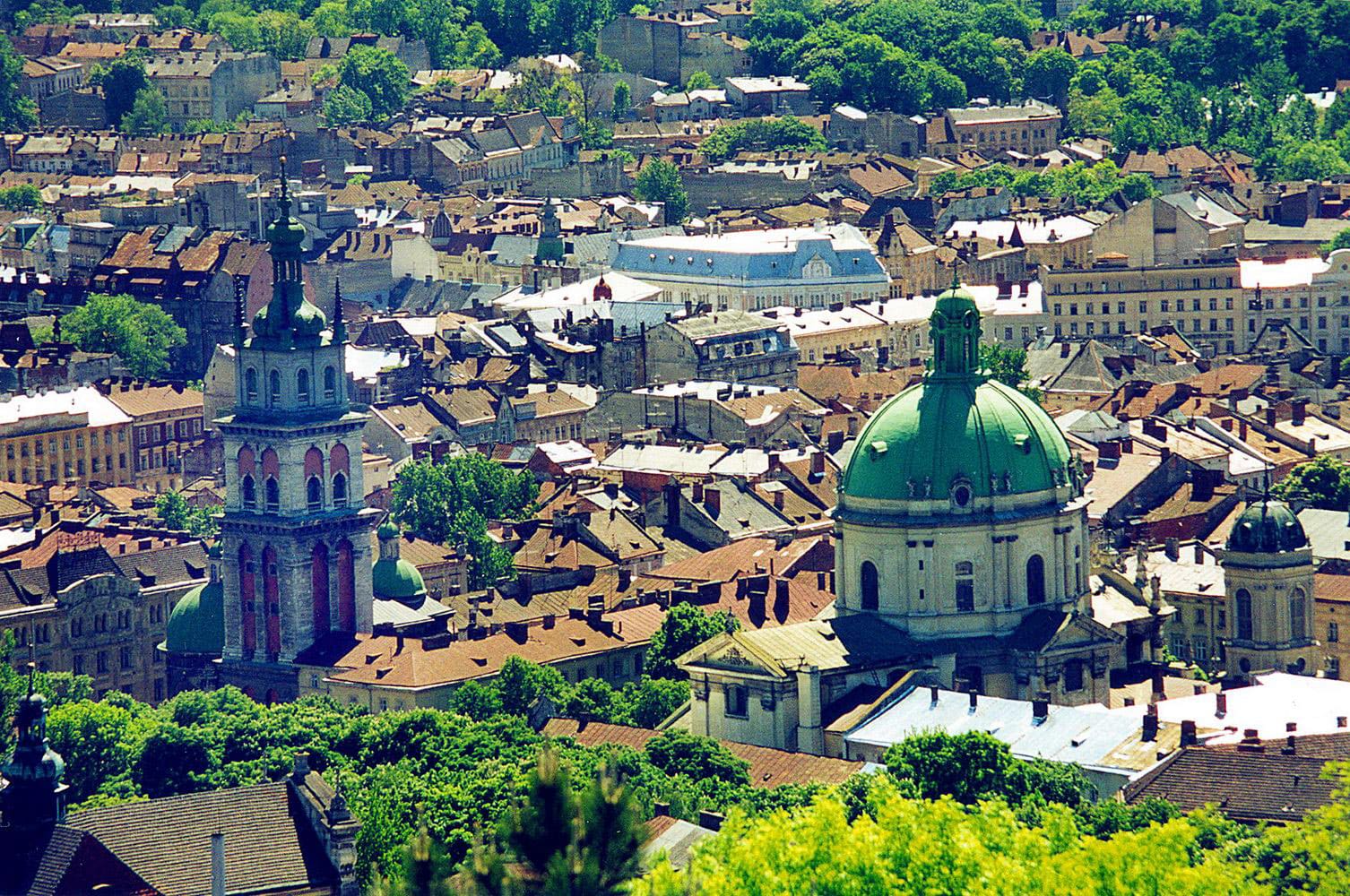Galicia is a region with a rich culture and centuries-old history that developed at the crossroads of different political and ethnic influences. Located in western Ukraine, Galicia stands out for its unique architecture, linguistic features and spiritual heritage. It was here that the foundations of modern Ukrainian identity were shaped, often under the conditions of difficult historical changes. The region is known for its closeness to European values and the high civic awareness of its inhabitants. Below are some interesting and surprising facts you may not have known.
- The name Galicia comes from the medieval town of Halych, which was a political and cultural center. It later became the capital of the Principality of Halych-Volhynia. In the 13th century, this state was one of the most influential entities in the territory of Rus’.
- During the Austro-Hungarian Empire, Galicia functioned as a separate administrative unit. Lviv was its center and enjoyed wide autonomy in education and local governance. Ukrainian, Polish and Jewish communities coexisted in the region.
- Lviv was one of the first cities in Europe to introduce electric trams. This happened in 1894 during the General Regional Exhibition. Trams quickly became a symbol of modernity in the city.
- The first Ukrainian political party, the Ruthenian-Ukrainian Radical Party, was established in Galicia in 1890. It was one of the first to openly advocate for Ukrainian political independence. The party played a significant role in the development of the national movement.
- The first professional Ukrainian theater was founded in Galicia. The Theater of the “Ruska Besida” Society contributed to the development of the Ukrainian language and culture. Performances were also popular among the Polish audience.
- The famous writer and philosopher Bruno Schulz was born in Drohobych. He wrote in Polish and is considered one of the greatest figures of modernist literature in the 20th century. His work is full of symbolism and mythological references.
- In Galician villages, the tradition of polyphonic singing has been preserved to this day. This singing is performed a cappella and is characterized by exceptional harmony. It is recognized as intangible cultural heritage.
- Folk embroidery from Galicia features distinctive patterns and a limited palette of colors, mainly black and red. These patterns have symbolic meaning and are passed down from generation to generation. Each area has its own unique motifs.
- Galicia was a multiethnic region where Ukrainians, Poles, Jews, Armenians and Germans lived together in relative peace. This diversity is reflected in the architecture, music and everyday customs. Even Galician cuisine bears traces of this cultural mix.
- In 1918, the West Ukrainian People’s Republic was proclaimed in Lviv. It was an attempt to create an independent Ukrainian state in the lands of Galicia. Although the republic was short-lived, it left a lasting mark in the history of national independence efforts.
- Stanislaviv (now Ivano-Frankivsk) was considered one of the most modern cities in Poland in the 1930s. It had libraries, theaters and numerous cultural institutions. The city was known for its well-kept architecture and vibrant cultural life.
- In the region, people speak a Galician dialect of the Ukrainian language, which contains many borrowings from Polish, German and Yiddish. This dialect is still actively used in daily speech. It differs from literary Ukrainian in pronunciation and vocabulary.
- Many villages have preserved wooden churches from the 16th to 18th centuries. These buildings were constructed without nails and their architecture and decoration are unique in Europe. Some of them are included on the UNESCO World Heritage List.
- Galicia was known for its large trade fairs that attracted merchants from all over Europe. The biggest ones were held in Yavoriv, Zolochiv and Kolomyia. These were important economic and cultural events.
- The Stefanyk Scientific Library in Lviv is one of the oldest institutions of its kind in Eastern Europe. It holds rare manuscripts and old printed books. The library is not only a treasure trove of knowledge but also a center for academic research.
These fascinating facts reveal how diverse and rich Galicia’s history and culture truly are. It is a region that bridges Eastern spirituality with Western traditions, creating a unique heritage. Galicia continues to inspire researchers and captivate travelers. Every visit to this land offers a new journey through remarkable pages of history.





